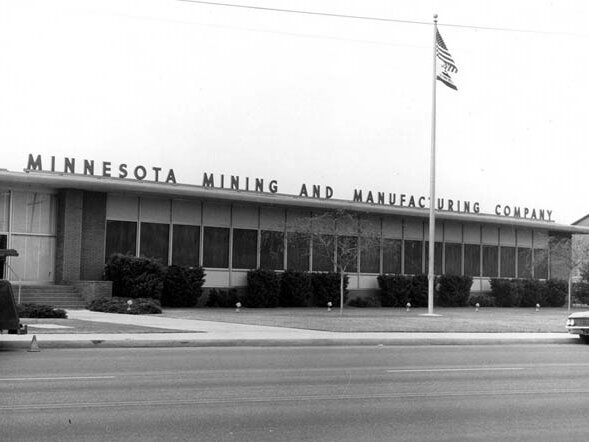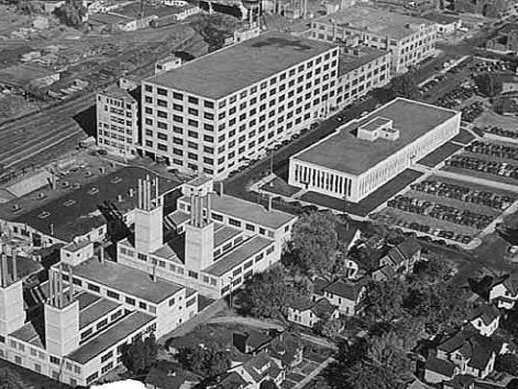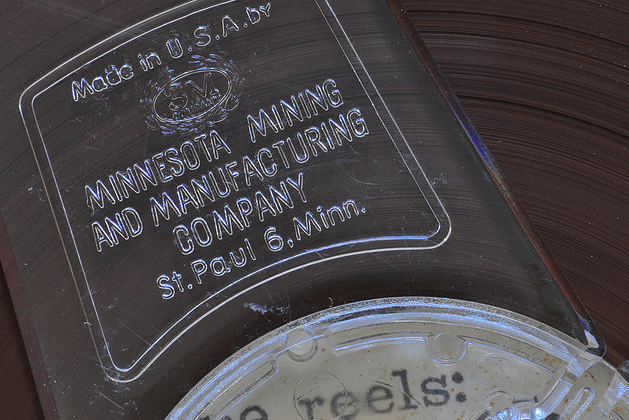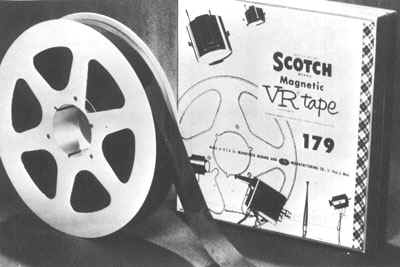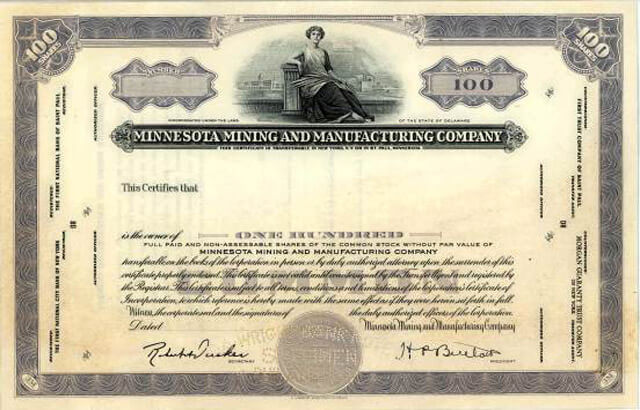
The beginning
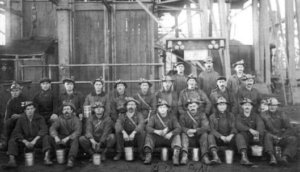 In 1902, five businessmen from the city of Two Harbors, Minnesota, gathered to found the Minnesota Mining and Manufacturing Company, later renamed 3M. The original goal of the entrepreneurs was to mine the mineral corundum, which is almost as hard as diamond, and use it to make sandpaper, sharpeners, and abrasives. Investing $1,000 each, the partners began to develop their own deposits. However, the mine threatened to bury the company because it turned out that they had actually hit a vein of the far more brittle and useless anorthosite. The small company suffered severe losses but got back on its feet and started importing the raw material garnet from Spain.
In 1902, five businessmen from the city of Two Harbors, Minnesota, gathered to found the Minnesota Mining and Manufacturing Company, later renamed 3M. The original goal of the entrepreneurs was to mine the mineral corundum, which is almost as hard as diamond, and use it to make sandpaper, sharpeners, and abrasives. Investing $1,000 each, the partners began to develop their own deposits. However, the mine threatened to bury the company because it turned out that they had actually hit a vein of the far more brittle and useless anorthosite. The small company suffered severe losses but got back on its feet and started importing the raw material garnet from Spain.
Soon, however, disgruntled customers again caused a wave of complaints. The problem was that the pieces of mineral fell off the sandpaper when touched. After a little research, it became clear that the garnet had absorbed a solid dose of olive oil, having been brought across the ocean with a batch of the grease. To solve the problem, 3M fired the improperly stored mineral in a furnace. This is also considered the first innovation of the Minnesota company.
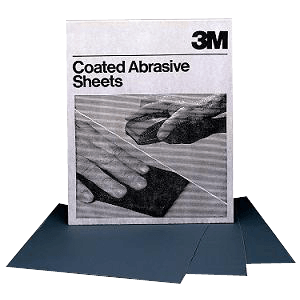 After several missteps, the company’s management quickly realized the need for direct communication with customers. Therefore, managers encouraged sales agents to visit factories and talk to workers who actually used 3M products. This initiated direct research to ensure improvements in the company’s products. Future innovations were secured with the solid investment of the still-small company then. 3M allocated $500 to its laboratory.
After several missteps, the company’s management quickly realized the need for direct communication with customers. Therefore, managers encouraged sales agents to visit factories and talk to workers who actually used 3M products. This initiated direct research to ensure improvements in the company’s products. Future innovations were secured with the solid investment of the still-small company then. 3M allocated $500 to its laboratory.
Soon after, the Minnesota company launched its first original product, 3-M-it abrasive cloth. It had enviable flexibility and achieved excellent results in metalworking. It became a hit with early car manufacturers and repair shops. Thus, in 1916, the company was freed from accumulated debts, and the following year its sales reached $1 million.
3M in the years of World War II
In the early 1920s, the company bought a patent for the production of waterproof sandpaper. Once 3M released the new abrasive on the market, it revolutionized the industry.
As if with a magic wand, the Wet-or-Dry technology removed once and for all the dense clouds of dust in the factory workshops.
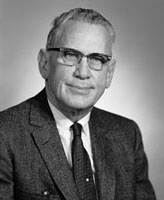 At the same time, 3M lab technician Richard Drew was testing abrasives at an automotive plant. There he noticed that the painters were having a hard time covering the areas that needed to remain clean. Then he came up with the idea of self-adhesive masking tape.
At the same time, 3M lab technician Richard Drew was testing abrasives at an automotive plant. There he noticed that the painters were having a hard time covering the areas that needed to remain clean. Then he came up with the idea of self-adhesive masking tape.
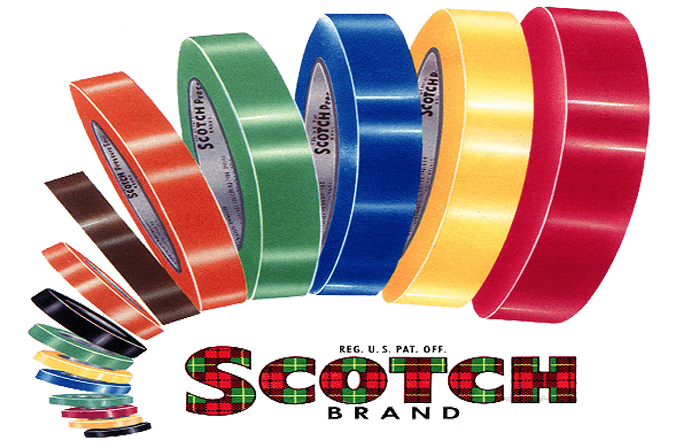
This is how the roll of Scotch paper, which we know to this day, was born. The name of this trademark has even become a byword for all products of the same kind.
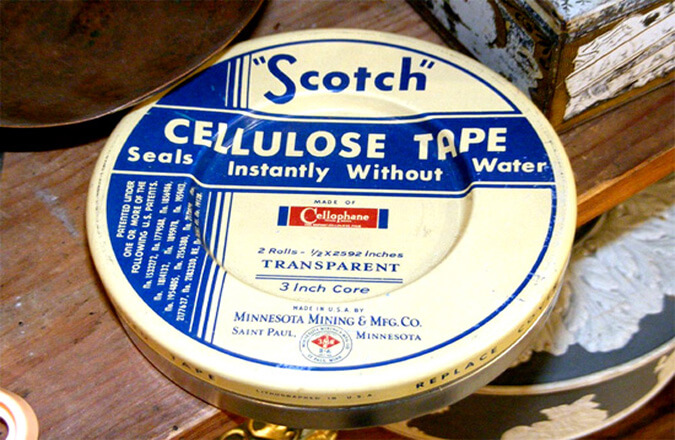
In addition to huge profits, Scotch gave the company a new direction for development – 3M began to produce and sell adhesives and fasteners.
This is what cellulose tape “Scotch” looked like
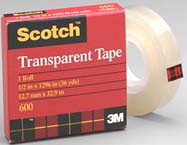 In the early 1930s, Drew noticed another customer need. At that time, cellophane was very fashionable. However, an aesthetic method for shaping and sealing the thin transparent material was lacking. So the lab technician runs a series of tests and covers pieces of cellophane with glue. So soon transparent Scotch tape appeared on the market, which quickly found thousands of applications in the household and industries. Today, 3M offers a whole range of self-adhesive tapes, with a variety of different properties – resistant to electricity, water, heat, marking, etc. However, before the decade was over, the company made another big breakthrough – they invented the reflective film, which sets new standards in road safety measures.
In the early 1930s, Drew noticed another customer need. At that time, cellophane was very fashionable. However, an aesthetic method for shaping and sealing the thin transparent material was lacking. So the lab technician runs a series of tests and covers pieces of cellophane with glue. So soon transparent Scotch tape appeared on the market, which quickly found thousands of applications in the household and industries. Today, 3M offers a whole range of self-adhesive tapes, with a variety of different properties – resistant to electricity, water, heat, marking, etc. However, before the decade was over, the company made another big breakthrough – they invented the reflective film, which sets new standards in road safety measures.
Today, the company offers a wide range of such products, such as Scotchlite Diamond grade VIP.

During the Second World War, production experienced serious difficulties, as many raw materials were diverted for the benefit of the army. However, this gave impetus to the invention of synthetic substitutes for conventional resources. It was at the same time that 3M came out with several new revolutionary products. Among them are wear-resistant fabrics, which later go out of sale in order to ensure market development.
At the same time, the company occupies leading positions in the development and production of Magnetic tape, Scotch magnetic tapes.
The legendary singer Bing Crosby showed interest in this invention. He was one of the first music stars to use a tape recorder. His astonishing voice and sound quality quickly made turntables a thing of the past. A few years later, the Minnesota-based company’s magnetic rolls began to capture video as well, which completely changed the world of media.
3M partnered with the medical profession in the mid-1950s
In the mid-1950s, three surgeons came up with the idea of self-adhesive drapes for medical purposes. The company responds instantly to the needs of the medical profession. This interaction eventually turned into a lasting partnership and over the years many 3M products dedicated to our health appeared on the market.
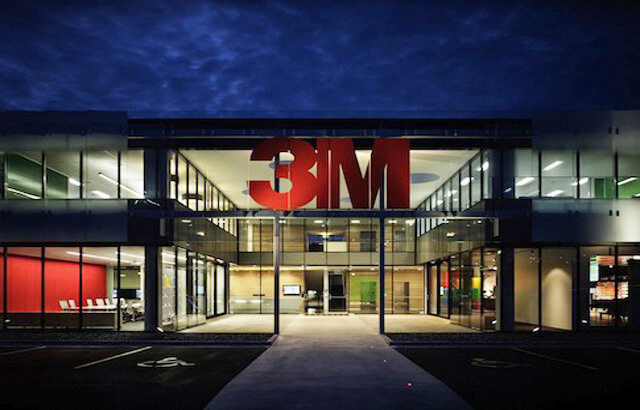
The dressing materials – Active Strip Bendzhis and the Nexcare first aid range have the greatest success.
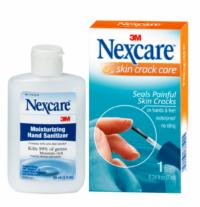 In the mid-century, the Minnesota company also turned to farmers. In 1957, she launched varietal seed tapes and helped farmers line up their gardens literally. Along with this, 3M also creates a range of cleaning products, which are extremely popular to this day.
In the mid-century, the Minnesota company also turned to farmers. In 1957, she launched varietal seed tapes and helped farmers line up their gardens literally. Along with this, 3M also creates a range of cleaning products, which are extremely popular to this day.
At the beginning of the 1960s, all of humanity looked up to the stars. Ever since man’s first steps in space, the company dedicated to innovation has inevitably set itself the goal of applying its full potential to the mastery of new celestial spaces. Without thinking about the risks, 3M is actively involved in the preparation of American space missions. Thus, after countless small steps – trials and errors, in 1969 Neil Armstrong set foot on the moon with his spacesuit. However, few know that the shoes on his space suit are made of synthetic materials by the Minnesota company.
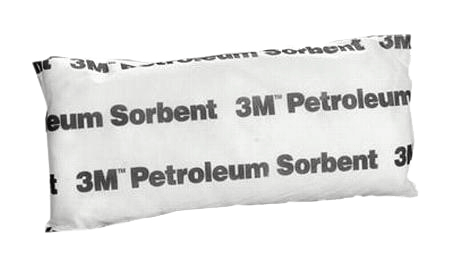
The beginning of the environmental movement in the 1970s also attracted 3M. The company starts a campaign to prevent pollution and waste. Soon it introduced “green” methods of production and operation, and found a substitute for dangerous cooling chemicals that destroy the ozone layer.
For the protection of water bodies, the products from the Powersorb range have been launched, which absorb spilled oil products.

At the same time, the company meets the needs of the adventurous young generation. Car maintenance products are a hit, including the first self-adhesive car film. Today, 3M offers a wide range of its:
Scotchcal and Controltac, which can cover damaged or simply decorate vehicles of all kinds, from cars to trucks and buses.
In the 1980s, Minnesota Mining and Manufacturing developed strongly in the field of modern technology. The company is a leading producer of diskettes and CDs.



